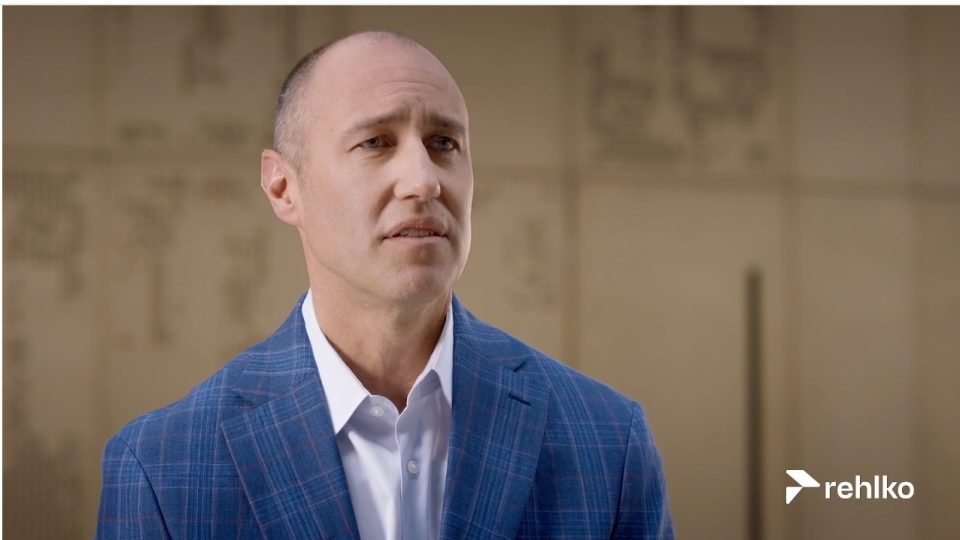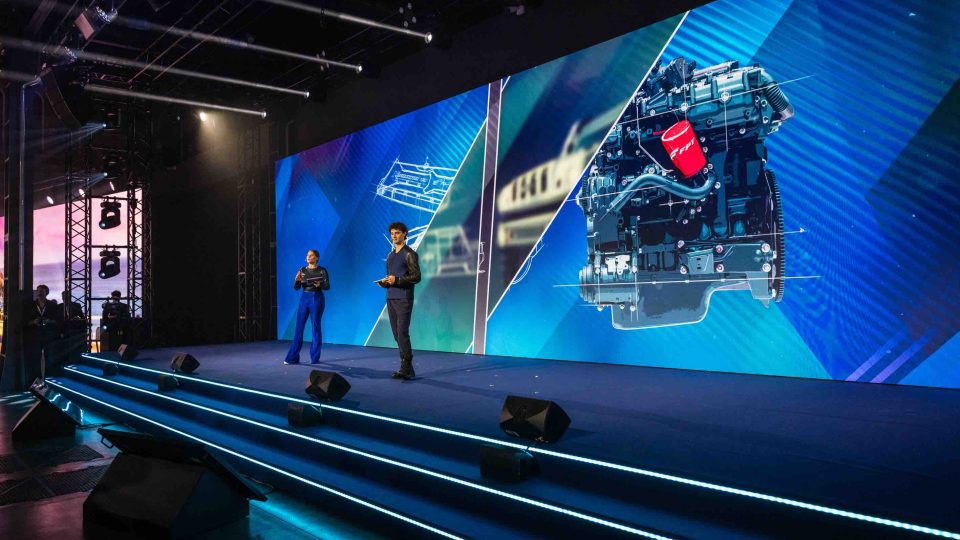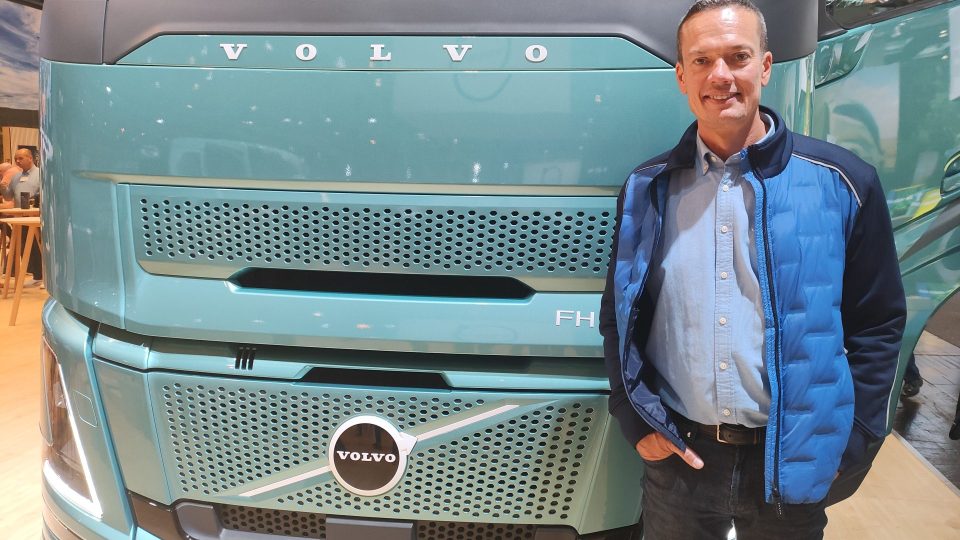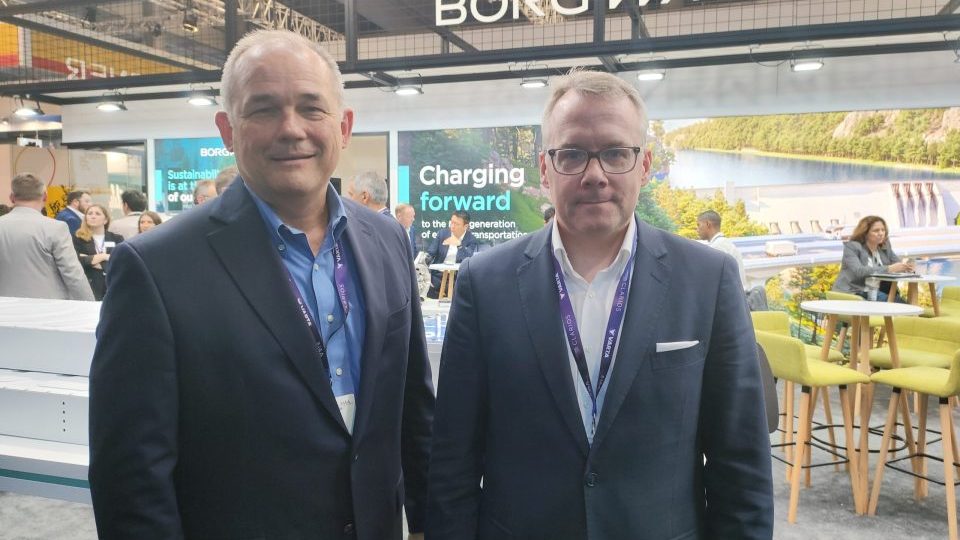Lithium-Ion battery production goes global
Maya Xiao, Senior Analyst at Interact Analysis, in this research gives an overview of the lithium-ion battery market and takes a detailed look at battery manufacturing machinery.

Maya Xiao, Senior Analyst of Interact Analysis, a company always attentive to future developments of the powertrain, in this research offers an overview of the lithium-ion battery market and takes a detailed look at the machinery for the production of batteries.
Why are you doing this research now?
For two reasons. The first of these is that lithium-ion battery manufacturing has gone global in recent years. Previously, production was concentrated in APAC, where the main market also was. But in the past couple of years, electric vehicle manufacturing has taken off in the EU and in America, and as a result we are seeing battery manufacturers springing up across these regions. It’s a global boom time for the lithium-ion battery industry, and we need to assess the state of this burgeoning market. But the second reason is that research is also needed into the battery manufacturing machinery segment. That’s because every battery manufacturer needs dedicated machinery, which is now a blossoming high-tech sector in its own right. Our aim is to give battery makers and component suppliers a clear view of the machinery landscape.
What are the leading tech trends in lithium-ion battery production at the moment?
Right now, cell to pack (CTP) technology is the hot trend. Cell to pack allows for cells to be integrated directly into a battery pack, with no need for the modules currently used. The advantages are increased volume utilization rate of the battery pack, a large reduction in the number of parts used in a battery pack, and significantly improved production efficiency. I’d also highlight a development that isn’t as yet a leading trend but will soon emerge as one: solid state batteries. These batteries have much higher energy-density whose natural capacity is higher than liquid ones, but there are issues around the technology and the cost. This tech is at a very early stage, so it doesn’t as yet constitute a great opportunity for machine builders. But in our view, it’s the next big opportunity that’s coming.
Anything interesting you can tell me about trends in battery manufacturing machinery?
We have three options offered by machine providers. Firstly, we have machinery manufacturers offering single-function machines which carry out one process on a production line, for example winding machines. Secondly, we have integrated or combined machines which perform two or three processes on the line. And thirdly we have manufacturers offering whole line solutions, where they supply an entire, integrated production line. Lead Intelligence and Lyric Robot are two companies that offer these complete end-to-end solutions, and it is a strong growth trend.
Can you give me one stand-out fact that you have learned during your research?
There’s a lot of optimism about market growth from battery manufacturers and capital markets, and this may be leading them to make overestimates regarding the expected production capacity of planned installations. The average utilization rate of global battery capacity is under 70% currently. The estimated capacity of new plant announced by battery manufacturers in PR releases is probably optimistic, and it will take time to prove whether it will be translated into actual production capacity. Battery machinery suppliers should remain optimistic, but also cautious, when planning their growth strategies.
How was 2021 for battery manufacturing?
It was a good year. We saw the battery market double in size, and even triple in some regions. And the machinery market was even stronger, being bolstered by the presence of some very innovative high-tech start-ups. Where end-user markets are concerned, EV production saw fast growth, especially driven by the Chinese market, and some big OEMs in Europe. While in the consumer electronics sector demand remained high, but also mature and stable. Though lagging behind electric vehicles in terms of market growth, the energy storage system sector also grew strongly. Manufacturers offering storage solutions for households, factories and hospitals, and 5G mobile stations in particular put significant demand on battery manufacturers, and consequently, machinery suppliers.
What about 2022?
We anticipate some major financial activity in the markets, with battery manufacturers such as LG Energy Solution, SVOLT and CALB engaging in IPOs which will enable them to invest in significant expansion. As a result, we expect to see tougher competition in the market as the existing big players such as CATL and BYD are challenged by smaller companies which, through going public, generate more funding for R&D and manufacturing expansion.
How do you see the next five years panning out?
Battery manufacturers are going to see growing demand from electric vehicle OEMs. But the market is evolving as EV makers increasingly strive to ensure battery supply security over the long-term by setting up joint ventures with battery suppliers or even buying up entire smaller battery companies. Demand from the energy storage sector will continue to grow significantly but will get nowhere near to outstripping demand from car makers. In ten years’ time, however, with the expansion of the renewable energy industry, we predict demand from the ESS sector will be huge. Battery-life is also an important factor likely to come into play over the next 5 years. The average lifetime of a lithium-ion battery is about 8 years. So we estimate that around 2023-2024, the first generation of batteries will be taken out of commission. Most decommissioned batteries will need replacing, an obvious market opportunity. It also presents major opportunities for recycling, and some OEMs are already trying to find recycling partners.







